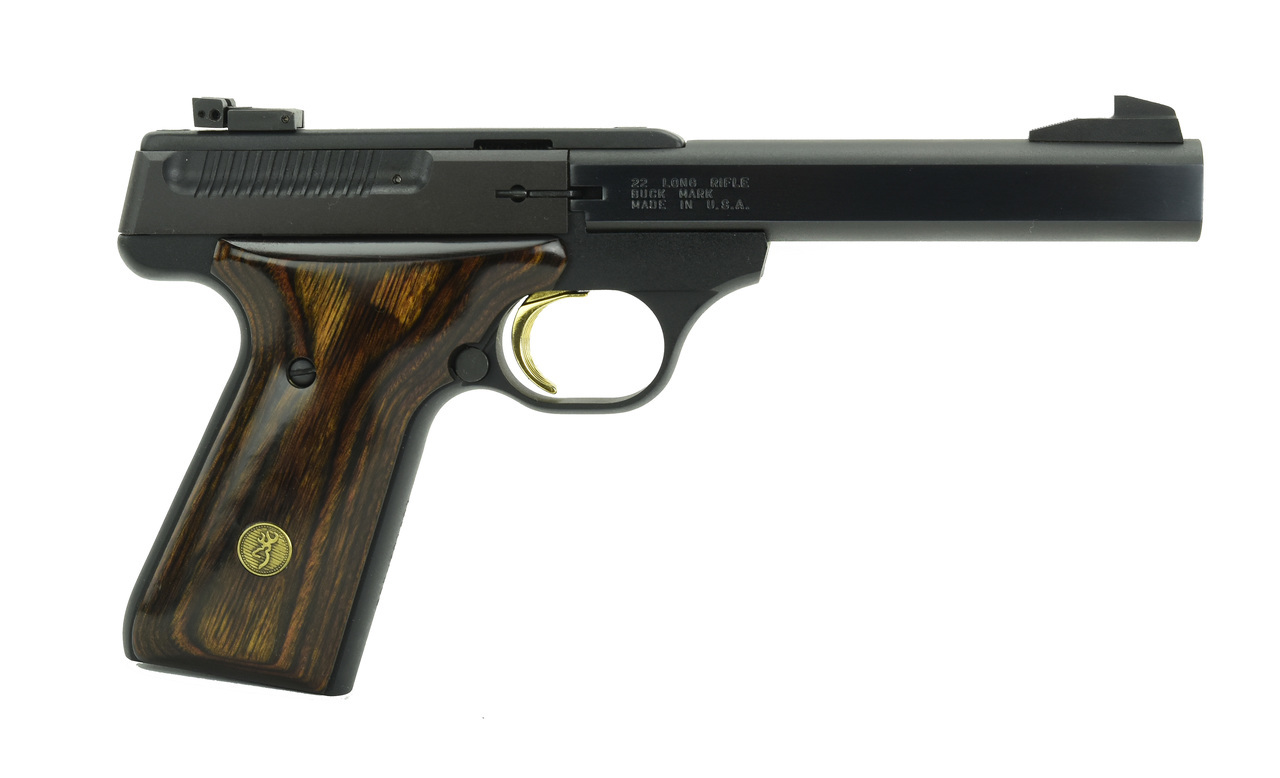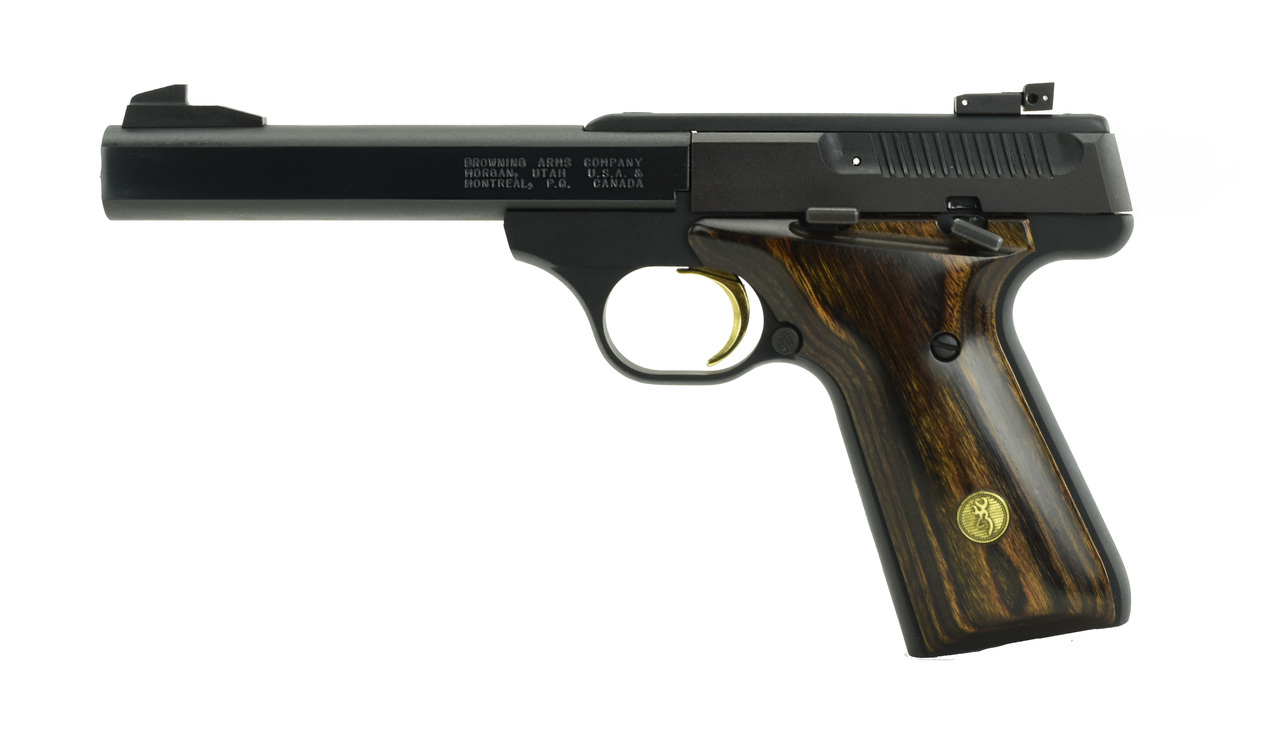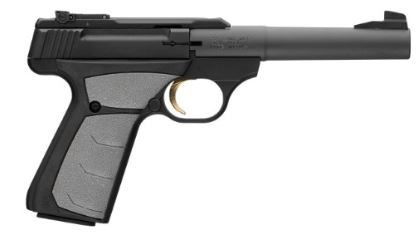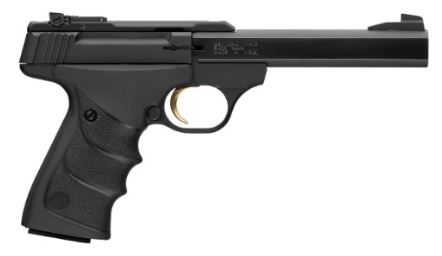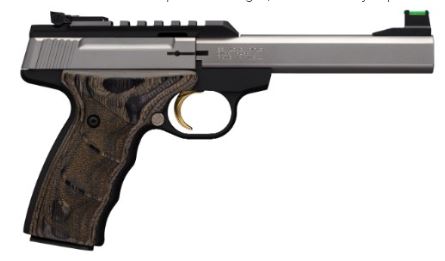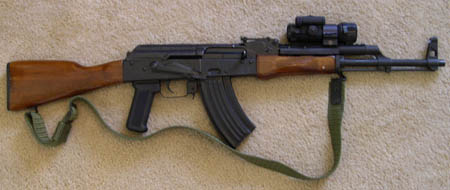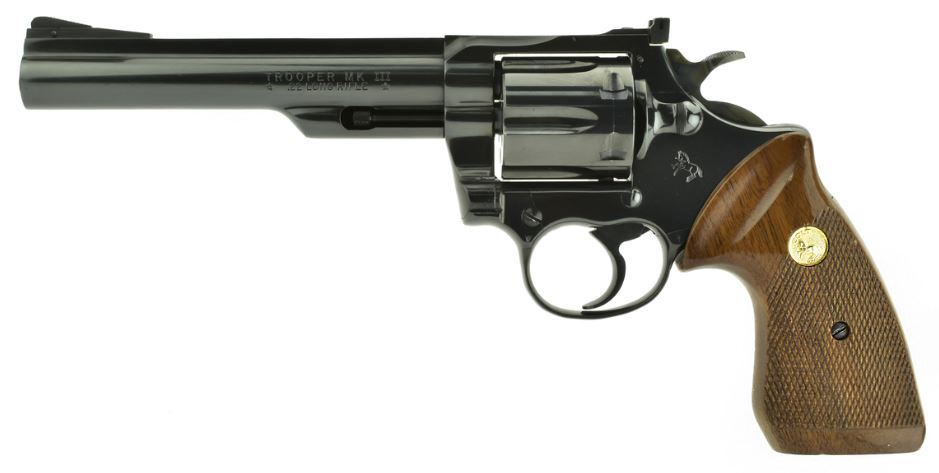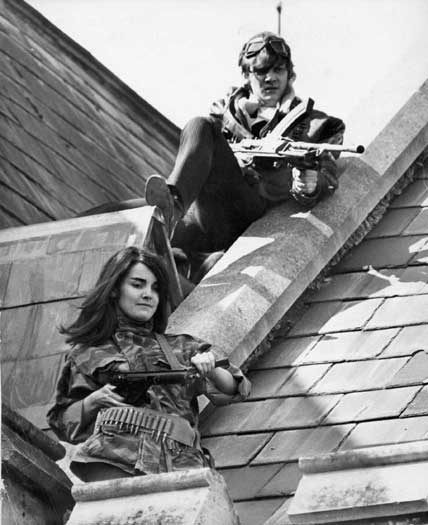It’s not often that we get to applaud a self-administered Righteous Shooting, but this one deserves special mention as it happened in Britishland. Try not to burst out with raucous and joyful laughter as you follow the link, lest you frighten the other people at the office. Here’s a brief synopsis:
Choirboy wants to do a little impromptu (or maybe planned, see below) property redistribution by breaking into a parked car. Holding a shotgun, he smashes the butt thereof into the car window.
Thus far, all is happening as per usual in these cases. Here’s where it gets (wonderfully) different.
Perhaps being unaware of the maxim, “Keep the booger-hook off the bang-switch”, said choirboy has finger on the trigger, and when the shotgun’s butt hits the window, he pulls the trigger, blasting a full load of buckshot(?) into his own fool chest, and dying on the spot.
[pause to allow the laughter and cheering to subside]
But it gets better.
There is surveillance video (see the link) which shows the other members of the choir seeing what happened, holding him, trying to revive him, and generally wailing with shock and horror before running away.
Now you can howl with laughter, with my permission. And if this tragic tale doesn’t help you start the week with a smile on your face, you need help.

